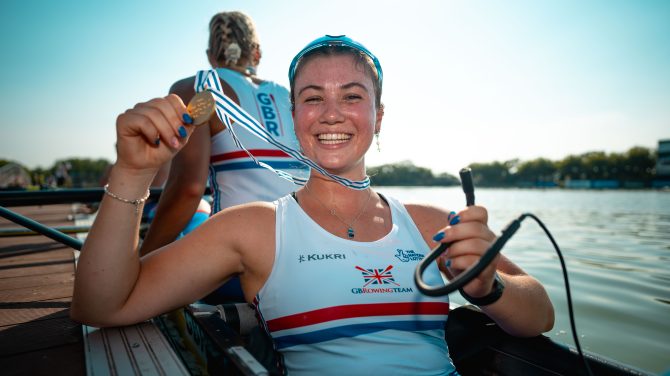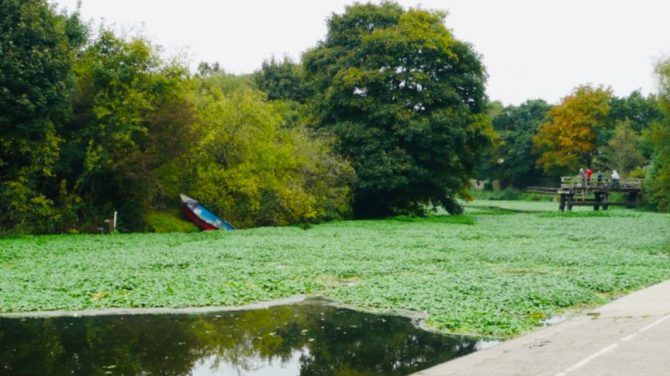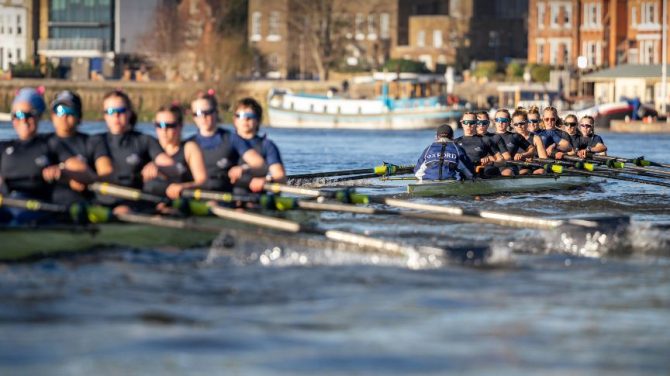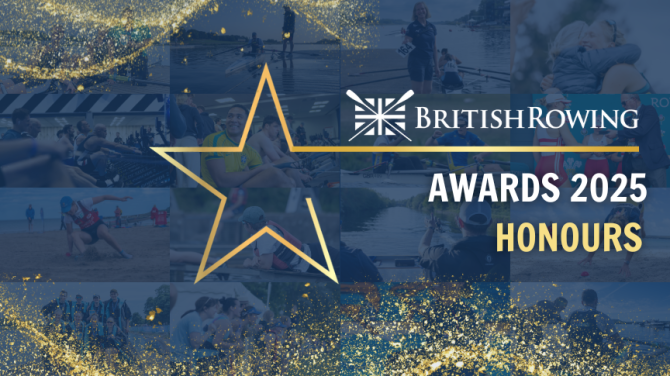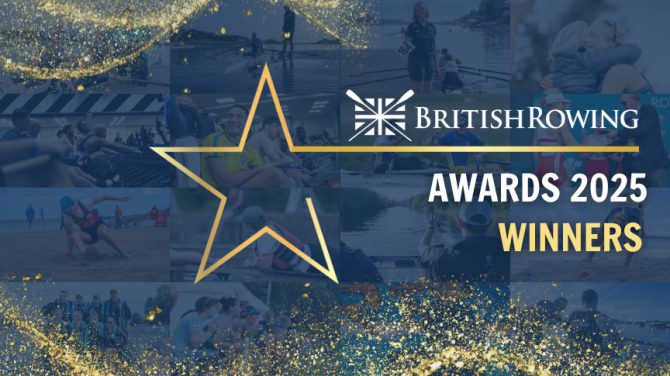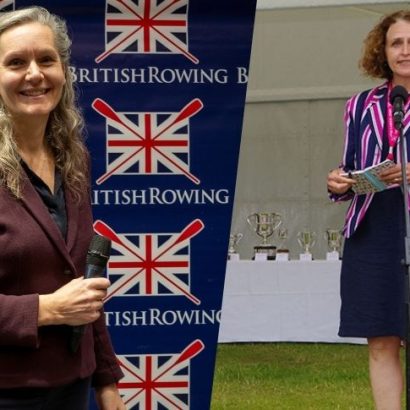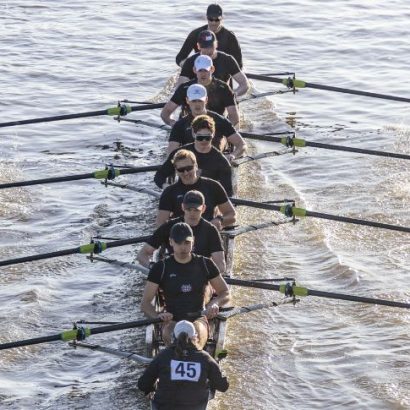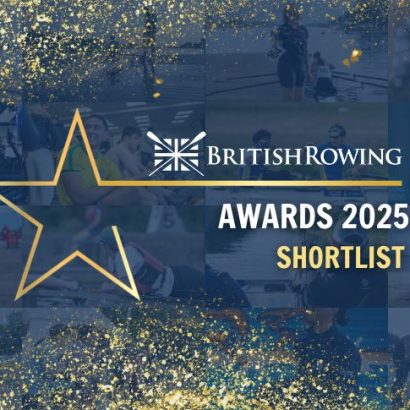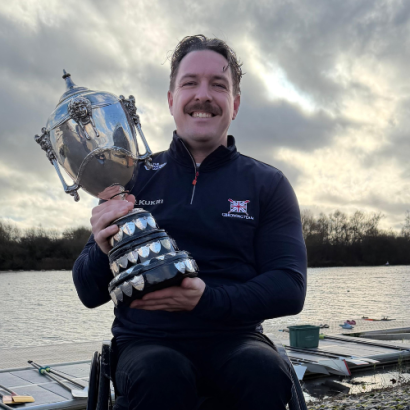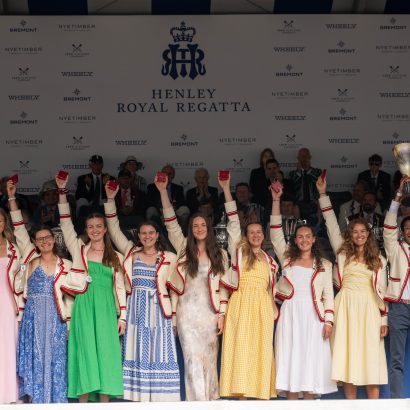News
Floating pennywort: Support from Sport England, actions to take and how we can support you
Help British Rowing’s efforts to tackle floating pennywort and sign up for our January webinar
Dark Blue Trial VIIIs: Ledecky triumph over Williams and Iceman buzzes Maverick
Oxford University BC’s Trial VIIIs delivers crabs, clashes, and clear blue skies
Guin Batten awarded British Rowing Medal of Honour for outstanding contribution to rowing
Four individuals to be awarded the medal of merit as part of the 2025 British Rowing Awards
Winners of the 2025 British Rowing Awards announced
These awards celebrate people, clubs and crews from across the rowing community who deserve recognition for the incredible work they put into our sport. See the winners now!
Light Blue Trial VIIIs: Baby beat Ginger and Beans topple Slop
On the first day of Trial VIIIs ahead of the Boat Races, Cambridge University BC took to the Tideway, battling soggy conditions
Read MoreDr Catherine Bishop and Miriam Luke MBE to speak at the British Rowing Club Leaders Conference
Introducing speakers and an opportunity for young leaders to shape the future of their clubs!
Read MoreAcross The Line: Remenham Challenge rounds out 2025
Your weekly roundup of all the racing action across the UK
Read MoreShortlist revealed for the 2025 British Rowing Awards
Perseverance, determination and paying it forward defined this year’s nominees at the 2025 British Rowing Awards
Read MoreHarn Jagpal and Mike Westcott appointed to the Board of British Rowing
Harn and Mike will both serve as Independent Non Executive Directors
Read MoreBenjamin Pritchard wins BBC Cymru Wales Sports Personality of the Year 2025
A history-making moment as Benjamin becomes the first ever rower to win prestigious award
Read MoreDr David Zideman LVO wins Lifetime Achievement Award
Congratulations to Dr David Zideman, whose lifetime of service has been recognised at a recent awards ceremony
Read MoreHartpury to run half-marathon with a quad in memory of rower Amelie
Hartpury College BC students are set to run around the National Water Sports Centre to raise money in memory of their teammate Amelie Zeal, who sadly passed away earlier this year
Read MoreThe numbers behind the British Rowing Indoor Championships 2025
Dozens of records broken and plenty more awesome bits of data to unpick from the British Rowing Indoor Championships
Read MoreHenley Royal Regatta and Henley Women’s Regatta announce new events for 2026
Three new women’s sculling events at HRR and two new quadruple sculls events at HWR
Read More


